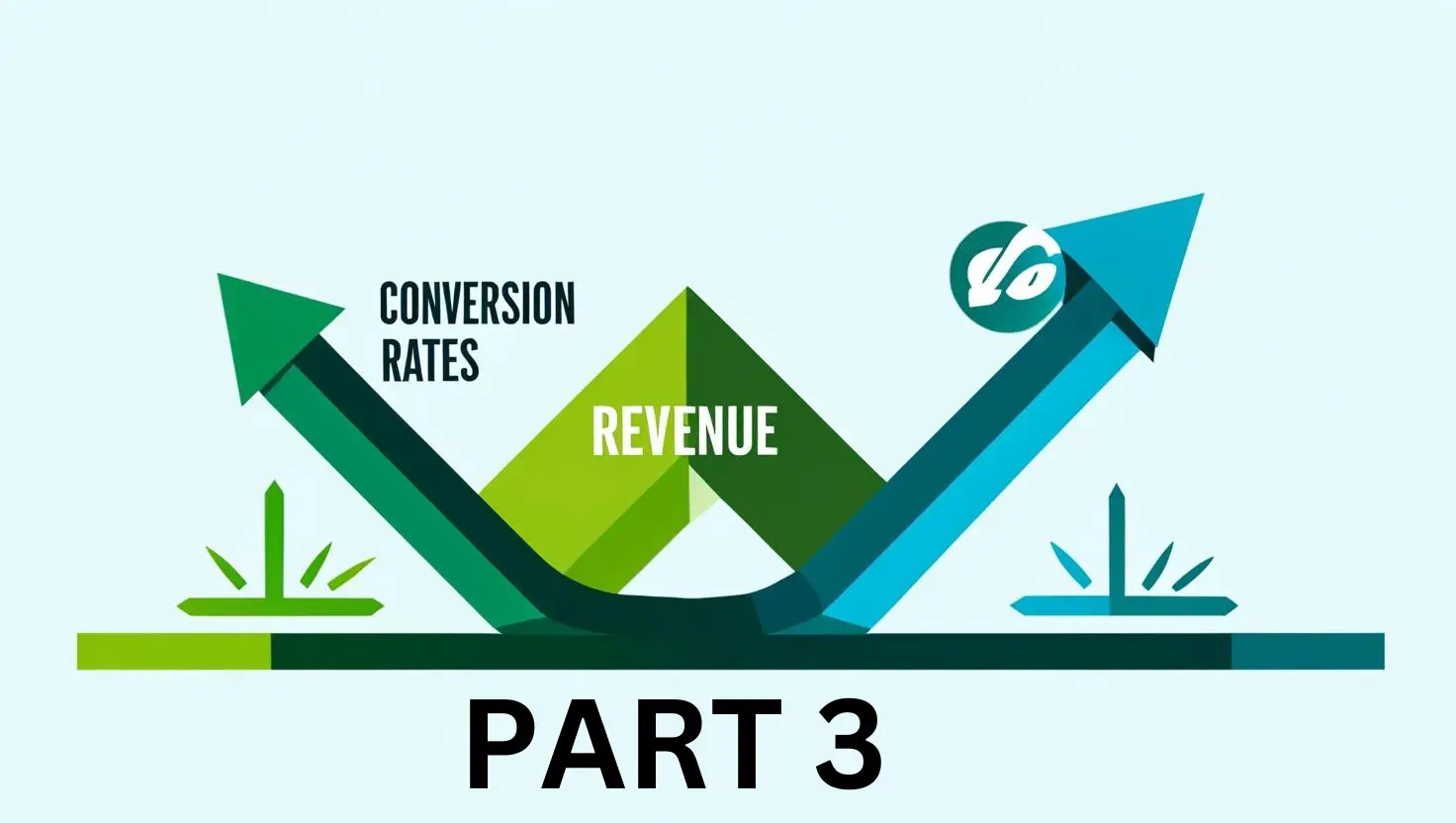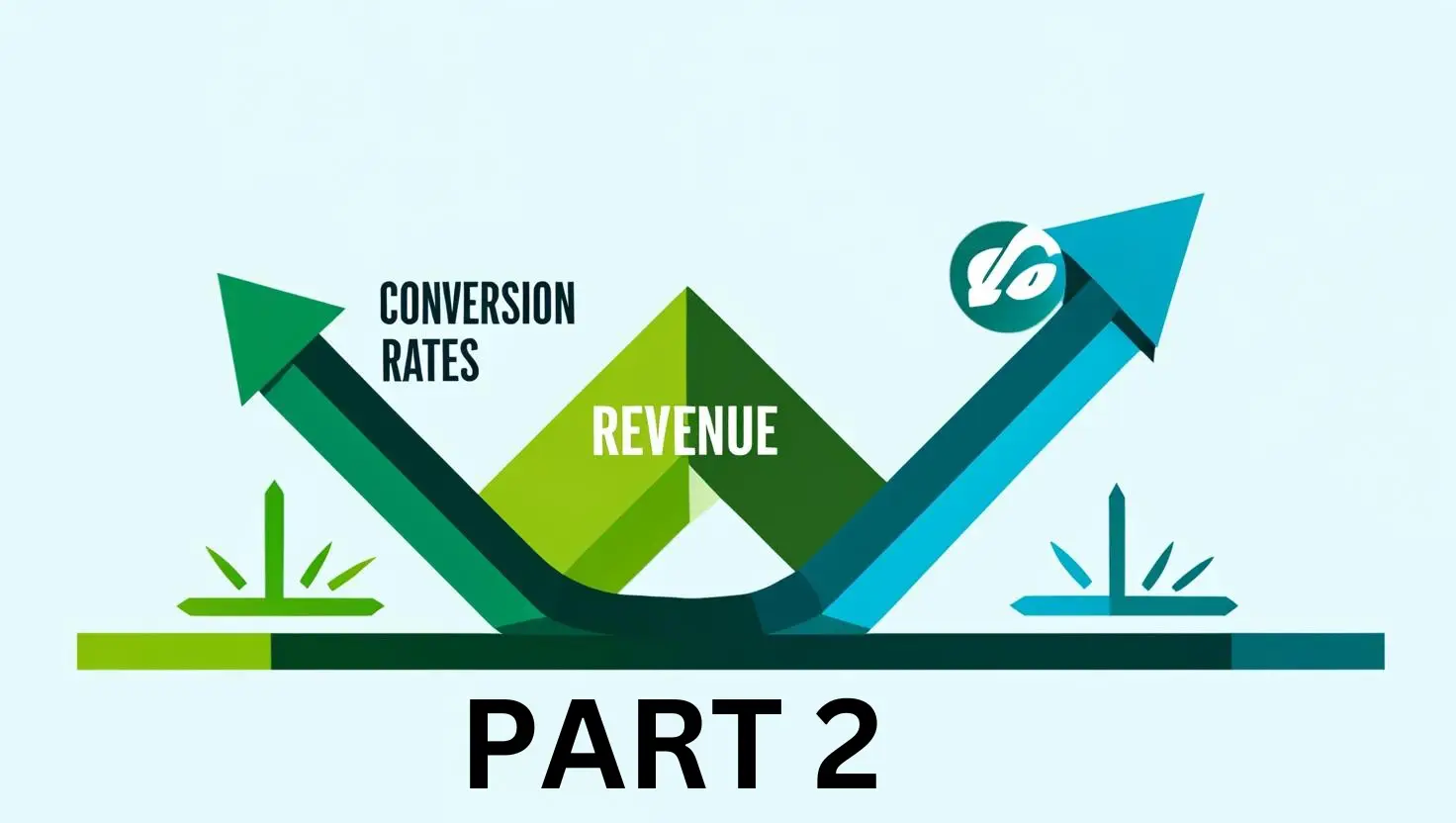Nearly every brand is looking to partner with influencers to provide access to additional customers, expand brand awareness, and generate revenue. And while influencer partnerships can be wildly successful, it’s not a slam-dunk. The process involves identifying the right influencers, evaluating their potential impact, and ensuring alignment with your brand values.
Marketing executives looking to find and vet influencers who can be effective brand representatives and generate sales in their specific vertical need to follow a systematic approach.
Here are some basic guidelines to navigate the process:
Define Objectives and Goals
- Clarify Objectives: Determine the primary goal of your influencer marketing campaign. Are you aiming to increase brand awareness, drive sales, grow your social media following, or promote a specific product?
- Set KPIs: Identify key performance indicators (KPIs) such as engagement rate, follower growth, conversion rate, or return on investment (ROI).
Identify Your Target Audience
- Understand Your Audience: Analyze customer demographics, psychographics, and purchasing behavior. This helps identifying influencers whose followers match your target audience.
- Segment Your Market: Break down your audience into smaller segments based on factors like age, location, interests, or purchasing habits. Find influencers who speak to these specific segments.
Search for Influencers in Your Vertical
- Use Influencer Discovery Tools: Utilize platforms like AspireIQ, Traackr, BuzzSumo, or Upfluence to search for influencers based on niche, audience demographics, and engagement rates.
- Social Media Platforms: Explore platforms like Instagram, YouTube, TikTok, and LinkedIn, where influencers in your vertical are likely active. Use relevant hashtags and keywords to discover influencers organically.
- Industry Networks and Events: Attend industry conferences, webinars, and trade shows to network with influencers in your vertical. Industry insiders often know key players.
Evaluate Influencer Fit
- Content Alignment: Review the influencer’s content to ensure it aligns with your brand’s values, voice, and aesthetic. Authenticity is crucial – audiences can sense when an influencer is not genuinely interested in the product.
- Audience Demographics: Analyze the influencer’s follower demographics using tools like HypeAuditor or Social Blade to ensure their audience matches your target market.
- Engagement Rate: Look at the influencer’s engagement rate (likes, comments, shares) rather than just follower count. High engagement suggests a more loyal and active audience.
- Previous Partnerships: Investigate the influencer’s past brand collaborations. Check for any conflicts of interest and assess the success of those partnerships.
Vet for Authenticity and Credibility
- Follower Quality: Use tools to detect fake followers or bots, ensuring the influencer’s audience is genuine and engaged.
- Content Quality and Consistency: Evaluate the quality, frequency, and consistency of their content. Influencers who post regularly and maintain high standards are more likely to be dependable.
- Reputation Check: Research the influencer’s reputation within the industry. Look for any red flags such as controversial behavior, negative press, or brand conflicts.
Engage and Build Relationships
- Initial Outreach: Approach potential influencers with a personalized message that demonstrates your understanding of their work and explains why your brand would be a good fit.
- Collaborative Ideation: Involve influencers in the campaign planning process. Their insights can help create content that resonates with their audience while staying true to your brand.
- Long-term Partnerships: Consider building long-term relationships rather than one-off campaigns. Loyal brand advocates are more effective than influencers who hop between brands.
Negotiate Terms and Contracts
- Clear Deliverables: Outline specific deliverables, including content formats, platforms, posting schedules, and performance expectations.
- Compensation Models: Decide on a compensation model – this could be a flat fee, performance-based payment, product exchange, or a combination. Ensure it aligns with the influencer’s value and the campaign’s goals.
- Legal Considerations: Include clauses on content ownership, exclusivity, FTC compliance, and confidentiality. Both parties should understand the terms to avoid future disputes.
Monitor Performance and ROI
- Track KPIs: Use tracking links, promo codes, and analytics tools to measure the success of the influencer campaign. Monitor metrics like website traffic, social media engagement, and sales.
- Feedback Loop: Collect feedback from the influencer and your audience. Analyzing this data helps refine future campaigns.
- Adjust Strategies: Based on performance data, adjust your approach as needed – whether it’s targeting a different segment, changing content strategies, or testing new influencers.
Case Studies and Benchmarking
- Analyze Competitors: Study your competitors’ influencer marketing strategies. Identify what worked well for them and where they fell short.
- Benchmarking: Compare your campaign performance against industry benchmarks to evaluate success. Use this data to set realistic expectations for future initiatives.
Finding and vetting influencers in your vertical is about more than just numbers; it’s about finding partners who can authentically represent your brand and resonate with your target audience. By systematically identifying, evaluating, and collaborating with the right influencers, marketing executives can build powerful relationships that not only enhance brand visibility and drive meaningful sales and engagement.


